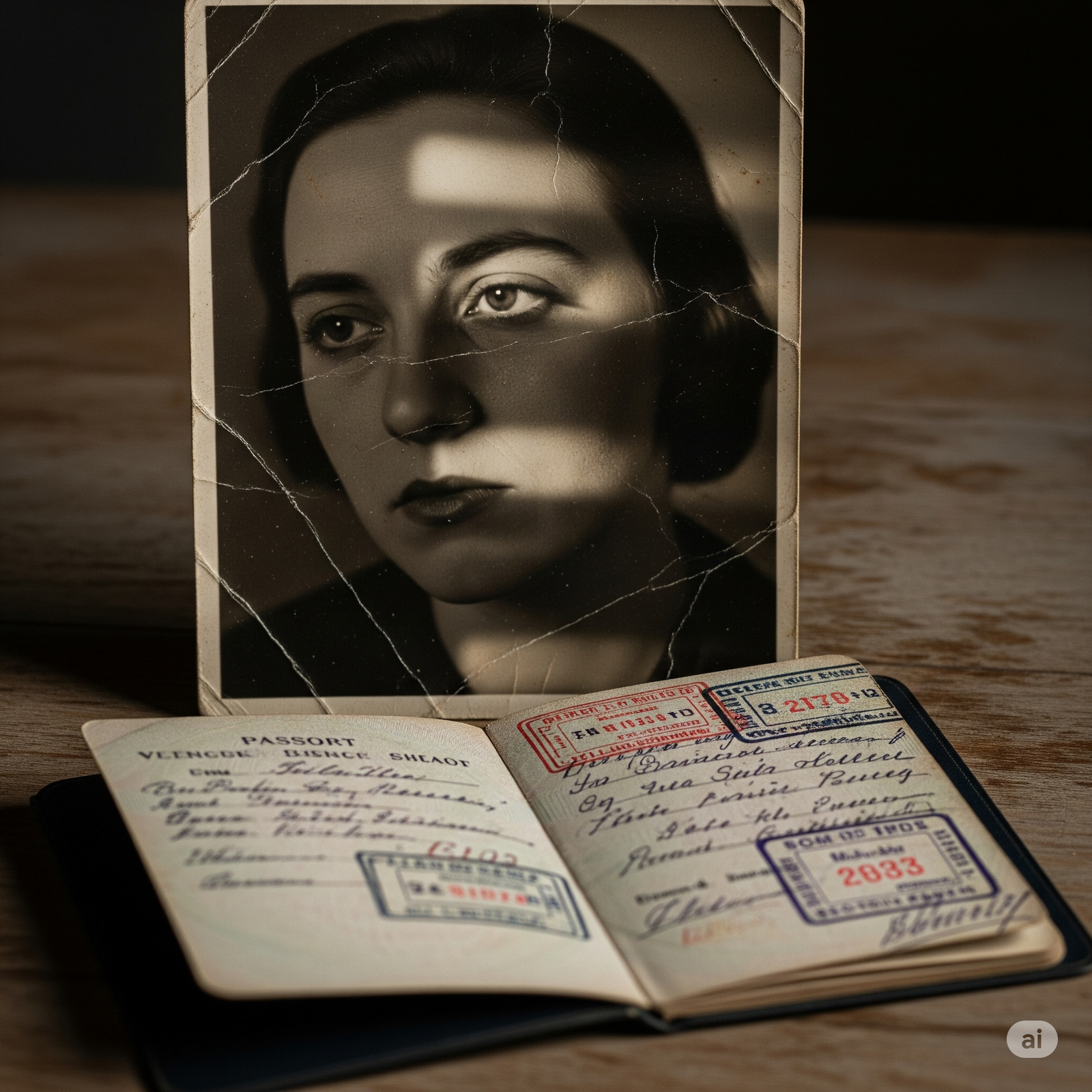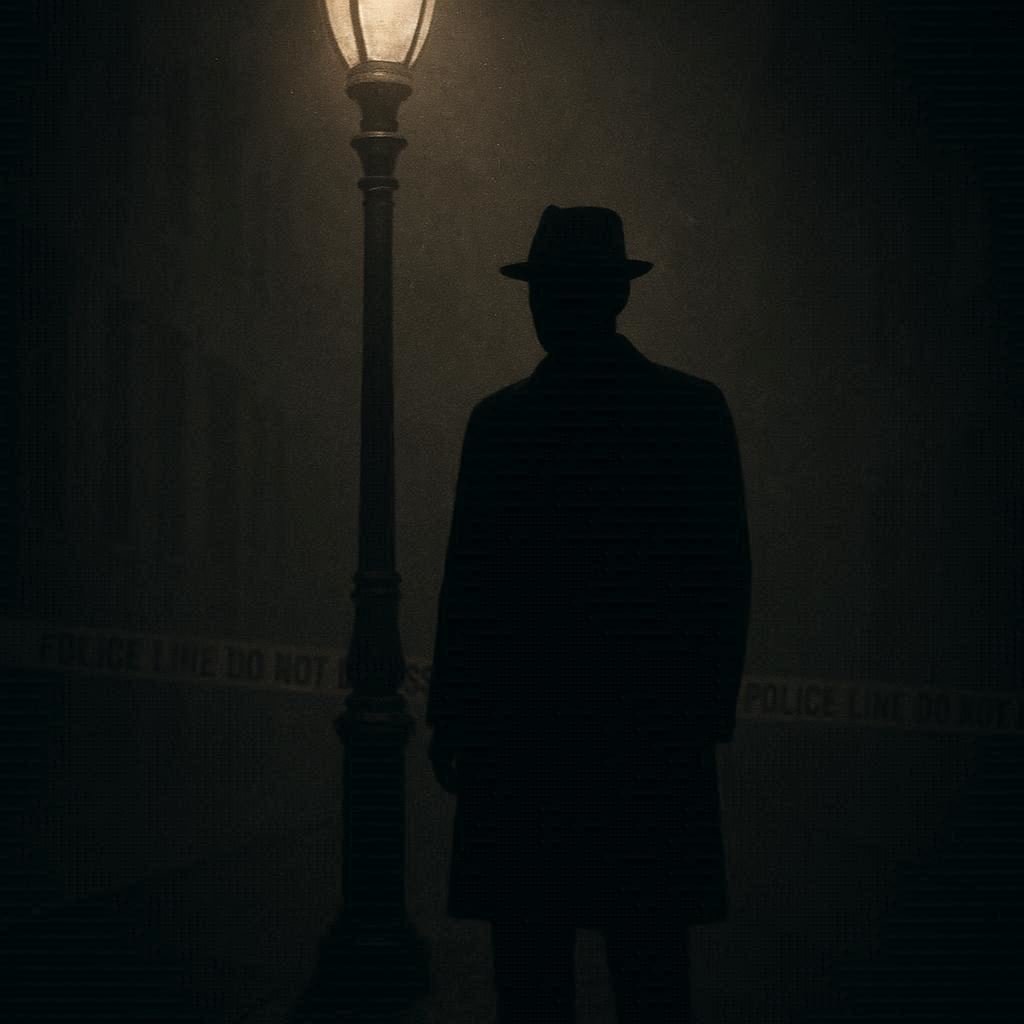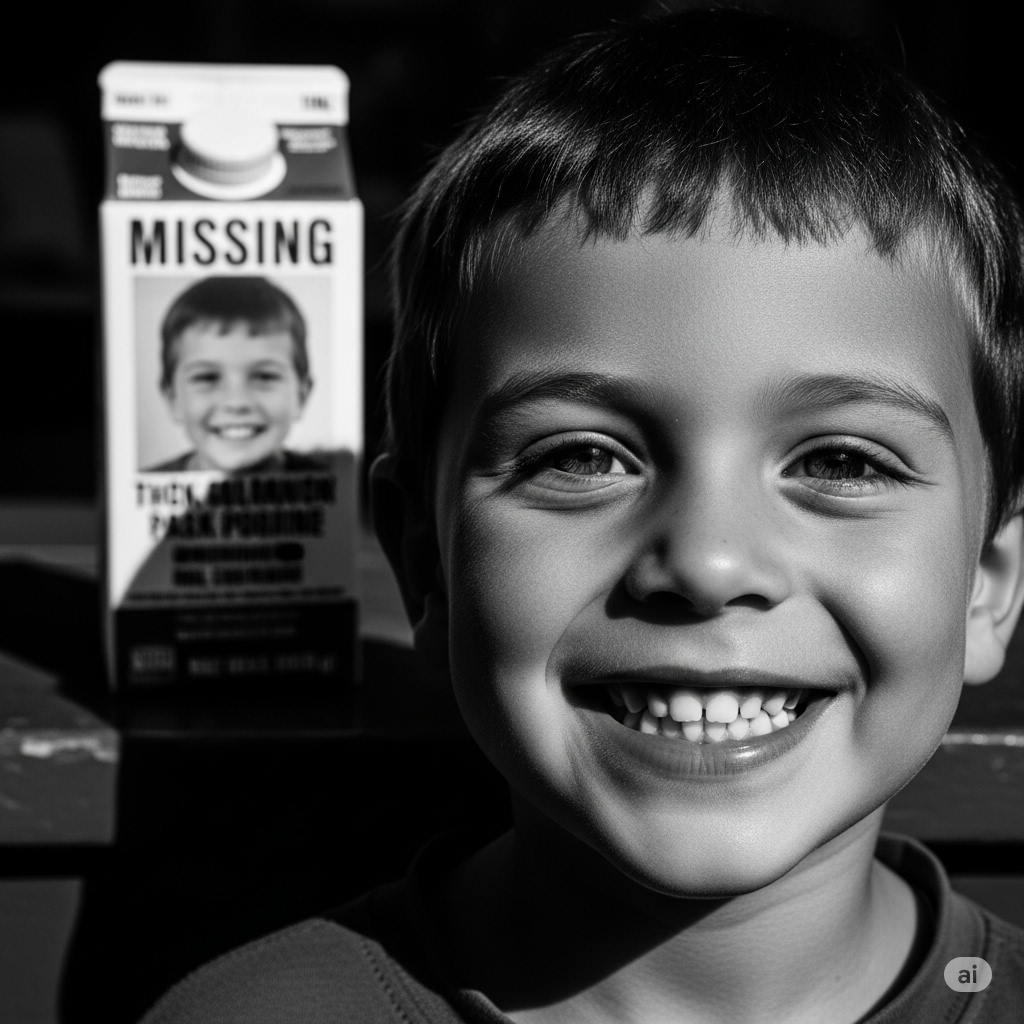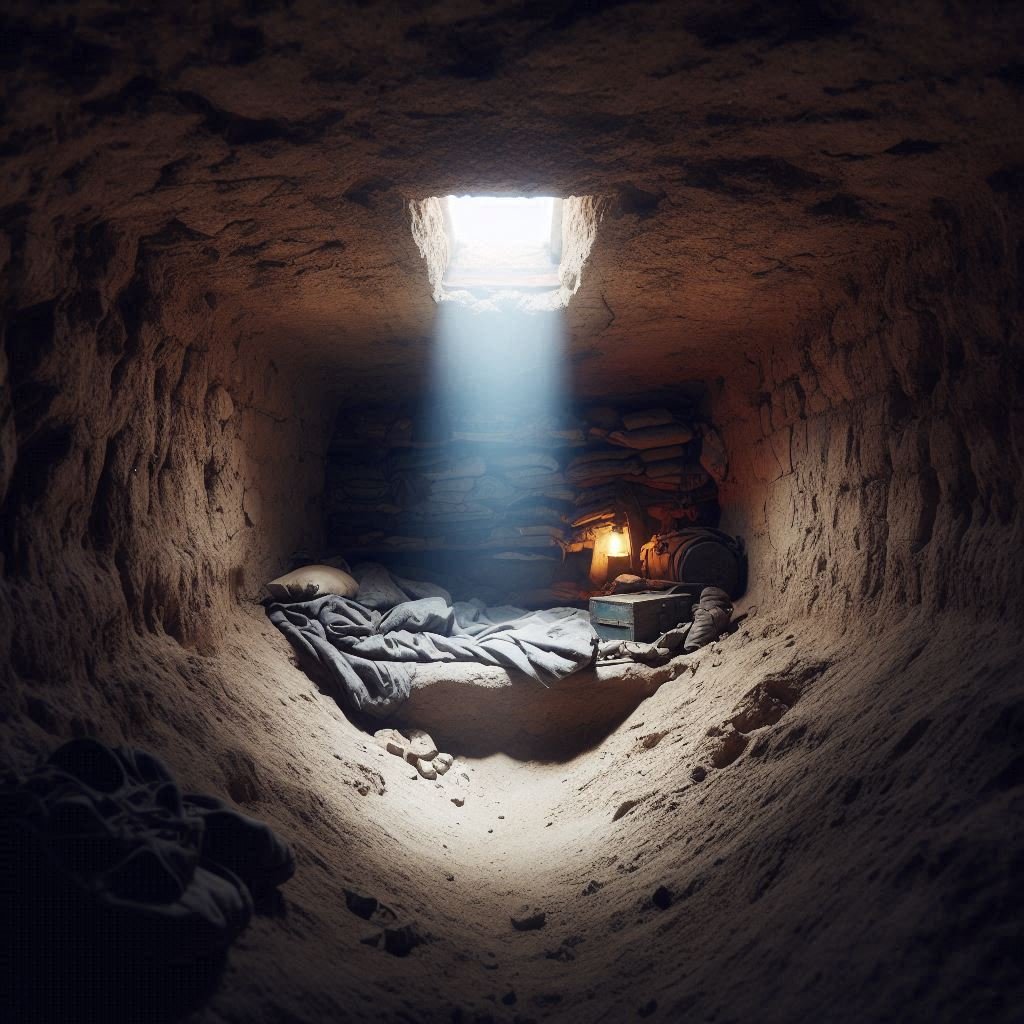Mysteries that were cracked—often with unexpected twists.
Not every case stays cold. These are stories where persistence, science, or sheer luck led to jaw-dropping revelations and long-awaited answers.
For three decades, the BTK killer haunted Wichita, Kansas—taunting police, bragging in letters, and then vanishing like a ghost. Detectives had no face, no name, no trace. But in 2005, his arrogance betrayed him. He asked police if a floppy disk could be traced. They told him no. He believed them. And that single mistake turned thirty years of terror into the unraveling of Dennis Rader—the church-going family man who lived a double life as BTK.
Alright, picture this. You're scrolling through old family photos one day, maybe after a relative has passed away. You stumble across a picture you've never seen before. It's someone who looks vaguely familiar, maybe a distant cousin you never met. You ask around, but nobody seems to know who this person is. They're just… there, a ghost in your family history. That unsettling feeling, that itch of the unknown? Multiply it by a thousand, and you might start to understand the strange and ultimately tragic story of Lori Erica Ruff.
In the early 1960s, Boston was gripped by fear. Women were being found strangled in their own homes, and no one knew who would be next. Doors were double-locked, neighbors whispered, and the city’s sense of safety vanished overnight. The press called him The Boston Strangler. For years, the identity of the killer remained a terrifying mystery—until decades later, when a single strand of DNA finally revealed the truth.
It was a Monday morning like any other, the city waking up to its usual rhythm. For six-year-old Etan Patz, however, May 25th, 1979, held a special significance – it was his first solo walk to the school bus, just two blocks from home. His mom watched him go, a small wave, a flash of his gap-toothed smile. But that was the last time she, or anyone who loved him, would see Etan walk those streets. He vanished before reaching the corner, leaving behind a silence that would haunt New York City for nearly four decades. What happened in those missing moments? The answer remained locked away, a chilling secret in the heart of the bustling city, until a twist of fate decades later finally began to unravel the ghost of Prince Street.
From the outside, it was just an ordinary house in Perris, California, home to David and Louise Turpin and their thirteen children. But behind closed doors, a horrifying secret festered: the children, ranging from 2 to 29, were held captive, subjected to unimaginable abuse, starvation, and regularly chained to their beds. For years, their parents maintained a chilling façade, homeschooling the children and isolating them from the world. The nightmare finally ended on January 14, 2018, when a courageous 17-year-old daughter, Jordan Turpin, managed to escape and call 911, revealing a house of horrors that shocked the world and brought a profound reckoning for her tormentors.
On Thanksgiving Day 2018, Kelsey Berreth, a 29-year-old flight instructor and mother, vanished from her small Colorado town, leaving no trace. Her fiancé, Patrick Frazee, was the last person to see her, but his evasive behavior and inconsistent story quickly raised suspicion. The case baffled investigators until they turned to modern forensics: meticulous analysis of cell phone data meticulously tracked Frazee's movements, revealing his phone (and Kelsey's) at a remote ranch. Further investigation at the ranch uncovered a burn pit with grim evidence, and eventually, the chilling confession of Frazee's mistress, Krystal Lee, tied all the pieces together. This is the story of how digital footprints and burned evidence meticulously unraveled a complex murder, bringing justice to a case that seemed to vanish into thin air.
In November 2016, Sherri Papini, a California mother, vanished during a jog, sparking a frantic national search and an outpouring of public sympathy. Twenty-two days later, she reappeared, battered and branded, claiming she had been abducted and tortured by two Hispanic women. Her harrowing story captivated the nation, fueling a massive, multi-state investigation. However, years later, DNA evidence and a shocking confession from an ex-boyfriend revealed the unbelievable truth: Sherri Papini had faked her own kidnapping. This is the story of a woman whose elaborate deception unraveled, leading to her arrest, conviction, and a stark reminder of the devastating impact of a lie.
For decades, a terrifying phantom known as the Golden State Killer haunted California, leaving a trail of burglaries, rapes, and murders from the mid-1970s to the mid-1980s. He was an elusive specter, evading capture for generations despite tireless efforts by law enforcement. The case went cold, a chilling mystery with a DNA signature but no name. However, in 2018, a groundbreaking technique known as investigative genetic genealogy, utilizing public ancestry DNA databases, provided the breakthrough. By building family trees from distant genetic matches, investigators painstakingly narrowed down the suspect pool, leading to the astonishing arrest of Joseph James DeAngelo, a seemingly ordinary retired police officer, finally unmasking the monster who had terrorized the state for so long.
On June 10, 1991, eleven-year-old Jaycee Lee Dugard vanished from a quiet street in South Lake Tahoe, California, abducted in broad daylight by Phillip and Nancy Garrido. For eighteen agonizing years, she was held captive in a hidden backyard compound in Antioch, subjected to unimaginable abuse and isolation, eventually giving birth to two daughters fathered by her captor. The world believed she was lost forever, a heartbreaking cold case. But in August 2009, a diligent parole officer's suspicion led to the astonishing discovery: Jaycee, now 29, was found alive with her two children, bringing to light a harrowing story of survival, resilience, and the indomitable strength of the human spirit against the darkest of circumstances.
On September 6, 2006, 15-year-old Elizabeth Shoaf was kidnapped and forced into a hidden, underground bunker in a remote South Carolina woods. For 10 terrifying days, she was held captive by Vinson Filyaw, a man with a disturbing past. Despite her fear, Elizabeth's quick thinking became her only hope. She secretly took photos of her prison with her cell phone and, in a daring move, wrote a desperate note on a chip bag, slipping it into his trash. These clever clues, a lifeline from the darkness, led police to her hidden prison, culminating in a dramatic rescue that revealed her astonishing bravery and resourcefulness.










